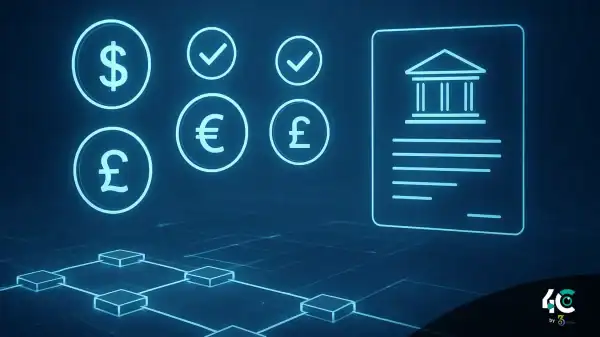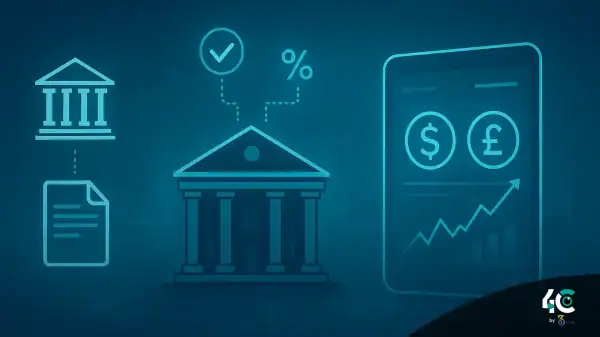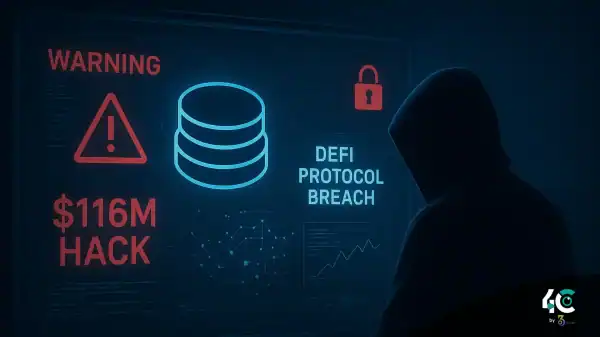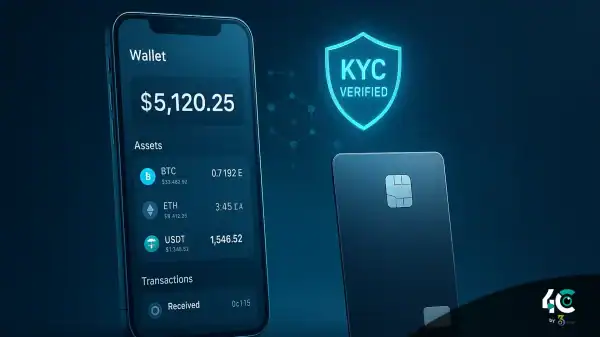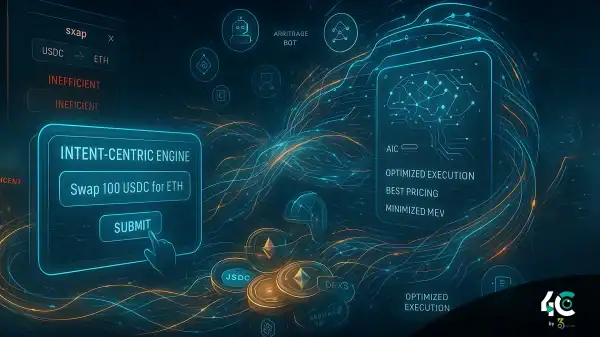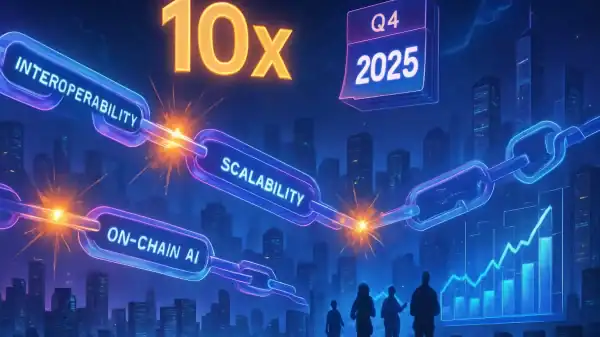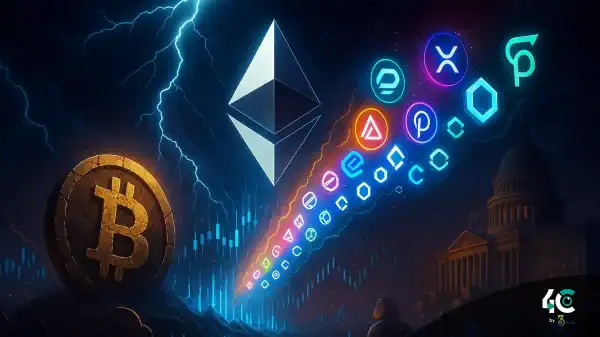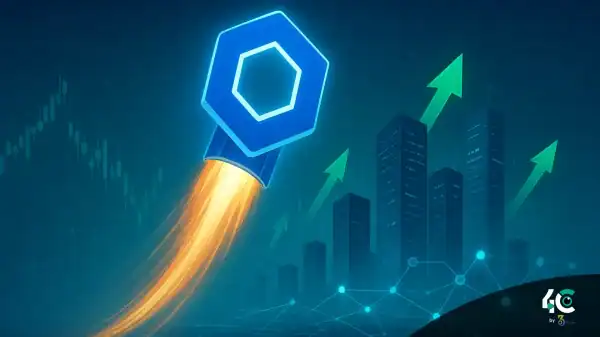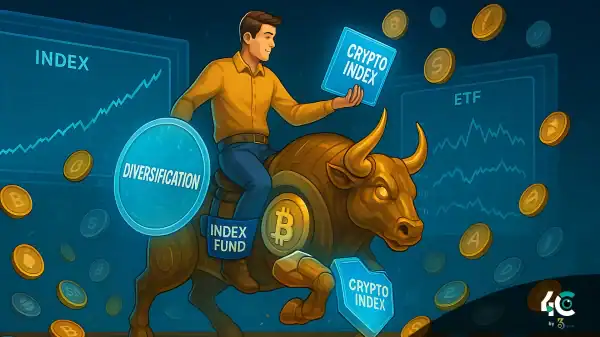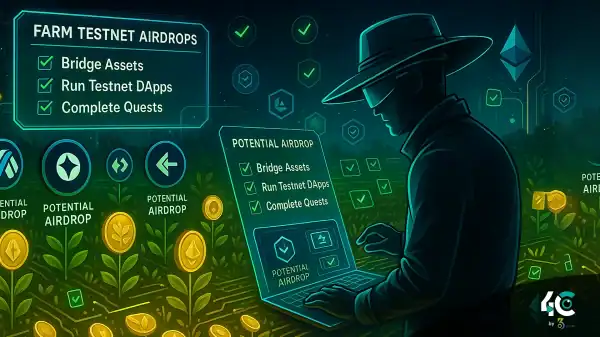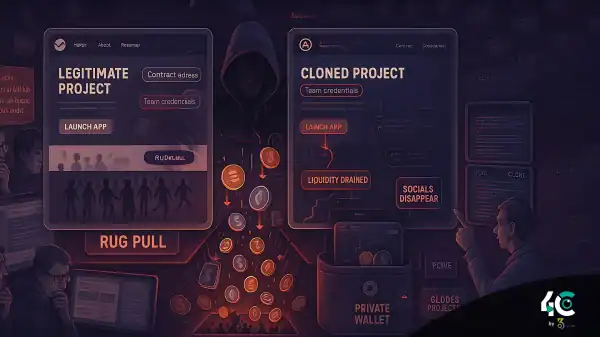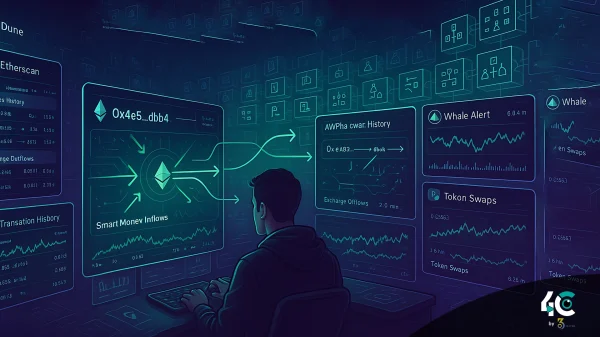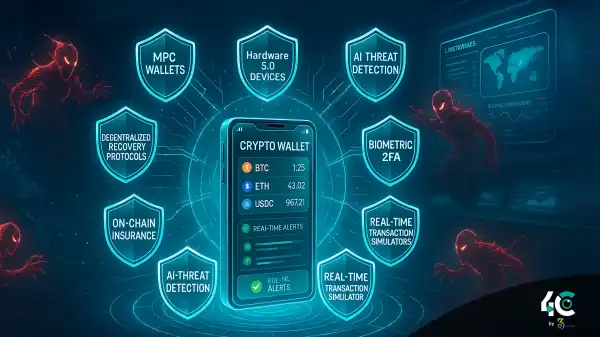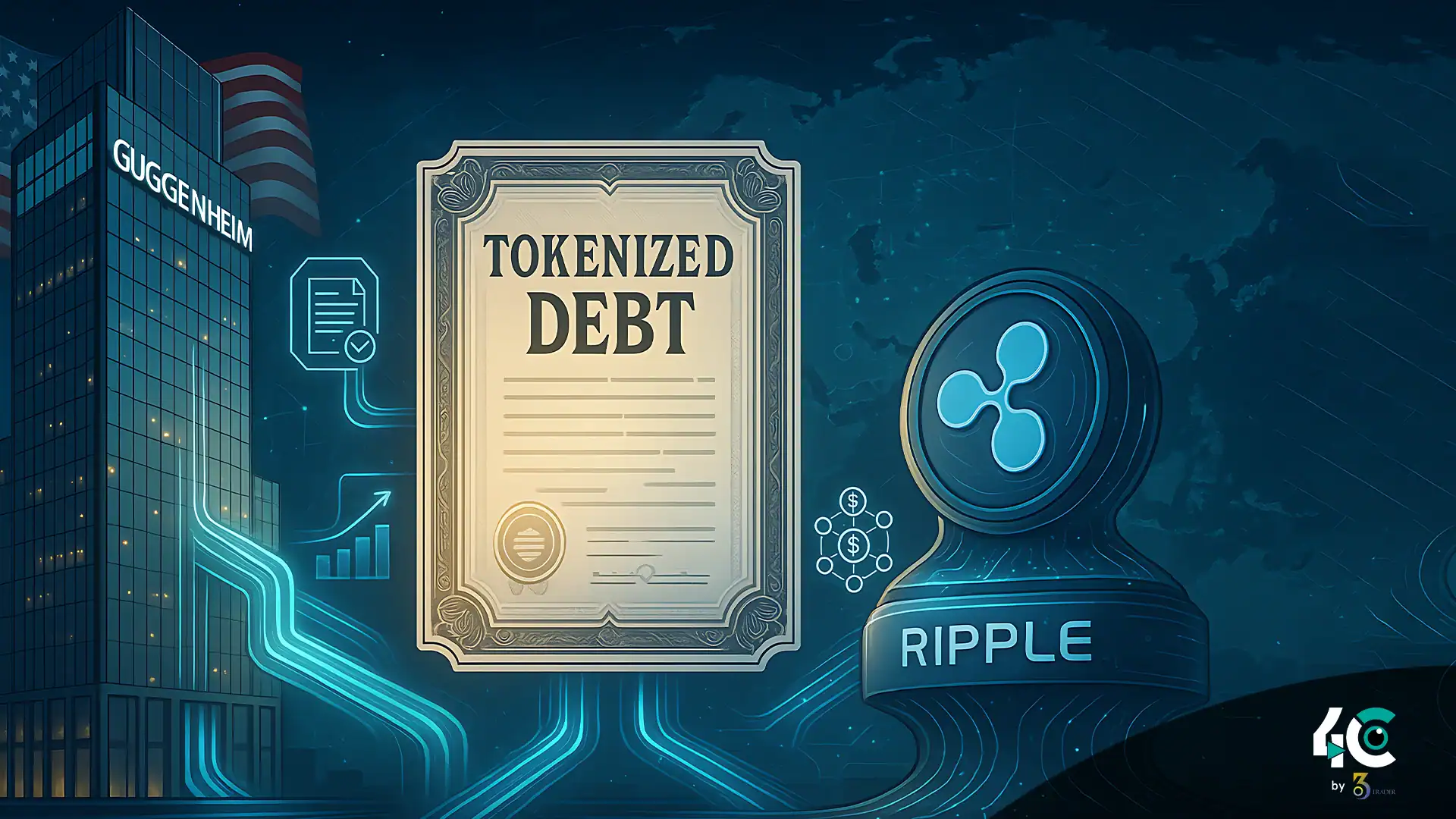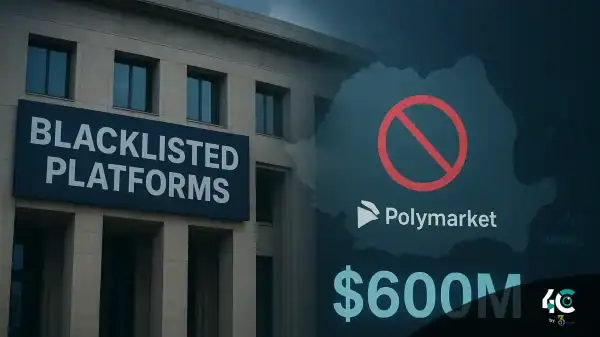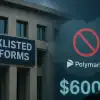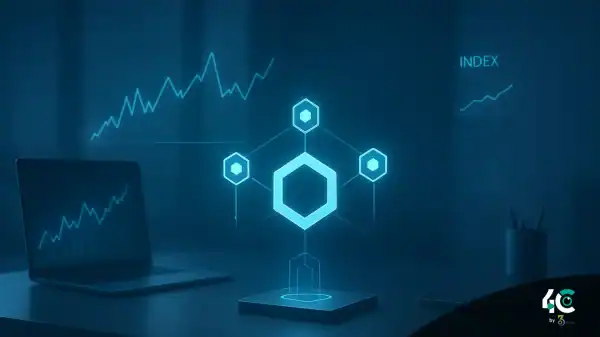Guggenheim Expands into Blockchain-Backed Financial Instruments
Guggenheim Capital is broadening its digital commercial paper (DCP) offerings through the XRP Ledger (XRPL). This is a first for the XRP community, which opened the XRPL to financial institutions earlier this year. This partnership between Ripple and the firm is a big step for traditional finance to adopt tokenization of real-world assets (RWAs).
Details of the Tokenized Treasury-Backed Product
There is a U.S. dollar fund being controlled by Guggenheim. Treasury-backed fixed-income product on XRPL. You can take this tokenized asset for a customizable maturity period of up to 397 days. It is a quality short-term debt instrument to meet institutional needs. Every release is guaranteed by legitimate U.S. Treasury bills. Through providing strong investor protections, bankruptcy-remote Treasury bills were issued through a special purpose vehicle (SPV).
Ripple’s Investment and Zeconomy’s Role
Ripple has pledged $10 million as part of a partnership investment in the digital product. Zeconomy, a developer focused on enhancing liquidity in commercial papers, has made its digital commercial paper available for trading on the XRPL. The company first launched this asset on the Ethereum blockchain in September 2024. Reportedly, it has recorded more than $280 million in volume and bears a Moody’s rating of Prime-1.
Advantages of the Digital Debt Instrument
The digital debt instrument will greatly enhance traditional fixed-income trading, such as instant settlement, lower fees, and 24×7 market access. Ripple recently launched a stablecoin called RLUSD, which already has surpassed $350 million in circulation. It may be included in future DCP purchases, adding more liquidity options.
Institutional Finance Enters Blockchain Era
Markus Infanger, RippleX Senior Vice President, said the launch of this tokenized product shows how financial institutions are moving beyond pilots to real-world deployment.
“Institutional finance is becoming a key area for blockchain.”
Reviving On-Chain Activity on the XRP Ledger
This launch comes at a critical time for the XRP Ledger. On-chain activity is declining as transaction volume and active wallet addresses drop.
This effort aims to boost engagement by helping to bring high-quality, institutional-grade assets onto the network, establishing XRPL as the go-to infrastructure for regulated financial products.
Global Trend of Real-World Asset Tokenization
Trends on a wider level of global finance: More and more real-world assets (RWAs) such as government bonds and money market instruments are getting tokenized. The firms BlackRock, Fidelity, and Franklin Templeton have come out with their tokenized funds; Ripple is not far behind, and it has a unique edge of cross-border financial integration.
Limited Access, But a Major Milestone
Currently, only Qualified Institutional Buyers (QIBs) and Qualified Purchasers (QPs) are accessing DCP. Regardless, the launch indicates a serious blending of traditional finance and crypto, creating tokenized treasuries as a connector point between two different realms.
Ripple’s Long-Term Vision
With the help of research from the Boston Consulting Group (BCG), Ripple’s long-term vision sees the tokenized bond market growing from $600 million to almost $19 trillion by 2033. With Guggenheim now entering the fray, that vision just got a massive boost.



